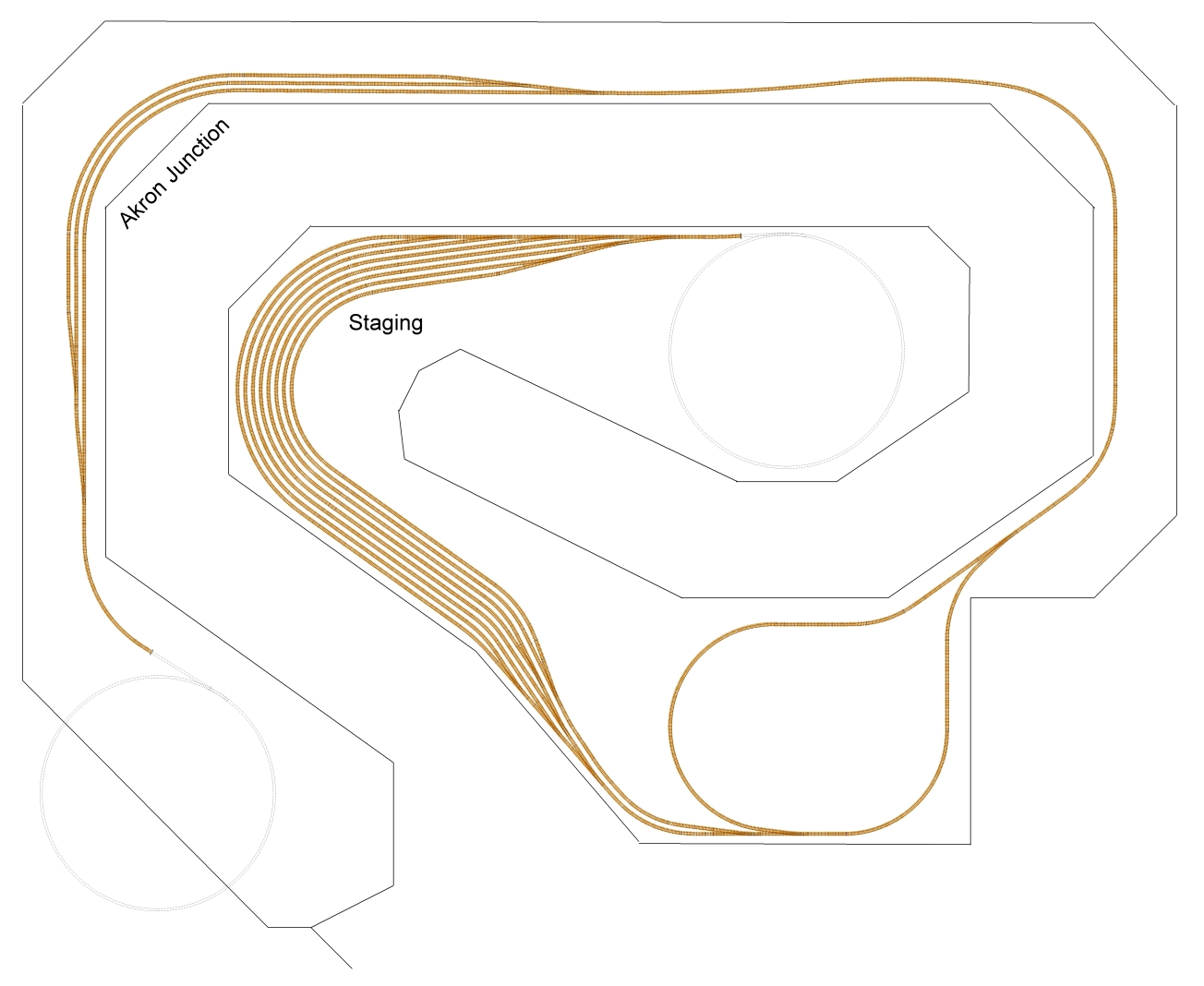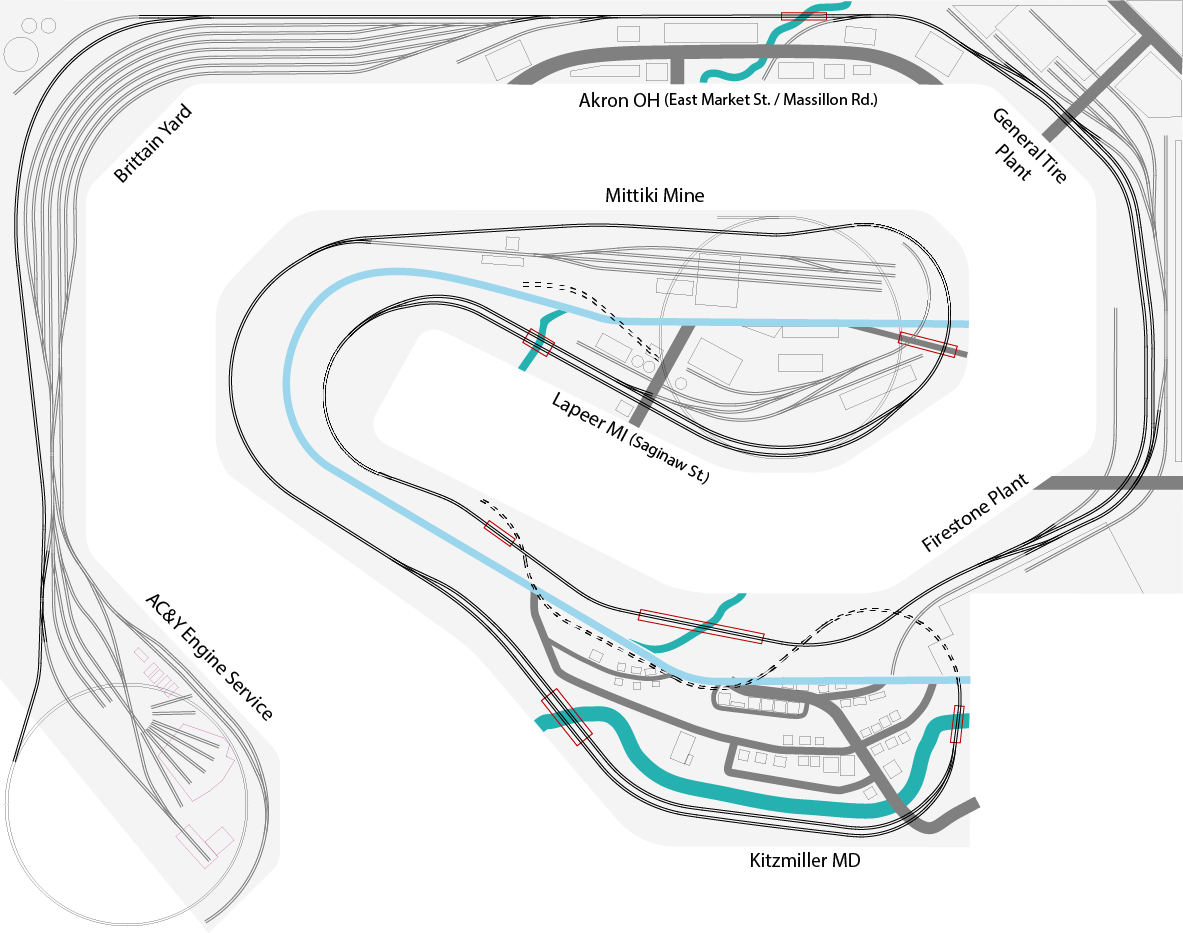@lifeontheranch
I understand what you are saying, and I believe that our “compromise” realities are artificial, and I’ll tell you why.
For the past 10 months, I spent almost every free moment of my time reading forums, blog posts and opinions, and watching hundreds of hours of video related to the hobby.
Yet, I realize now that I’m obsessing too much about minute details, the “getting it right” or as you said “doing anything well”. I worry that things will not transpire the way I want them, and as you put it, become a less-than-ideal compromise.
This is really a systemic problem (think entire society) and is caused by the peer pressure of the community. I’ll call it the fear of not being accepted, or the fear of not fitting in.
Watching some videos on YouTube, you can see it in the eyes of some hosts and their body language. They are trying so hard to “do things right”, every tiny detail matters and they are very methodical about it. Yet, all they really want is to run a few trains around, have a beer and relax after a long day at work.
But they can’t, because the trains must operate like the prototype, and stay in staging between the op sessions. Their layout has become a show-room, similar to what some people have in their homes. Glass cabinets filled with porcelain figurines, and 18th century style furniture. Nobody really goes in there to sit and enjoy it, lights are always off. Only guests are being paraded through, on occasion, for the show.
Is this then really a “fun” hobby, they way it is?
Yes, I could pay a professional designer to plan a layout for me and be bona fide. In the process, the layout becomes someone elses interpretation of my ideas, fused with “accepted” norms, rules and standards that the community had put onto itself.
Are people truly enojoying it because all their car-cards are sorted, the rail looks prototypical (hand-laid code


